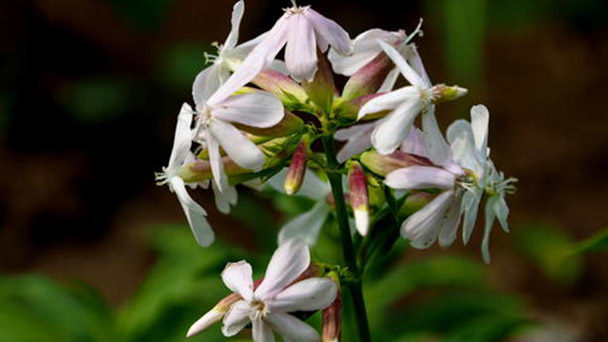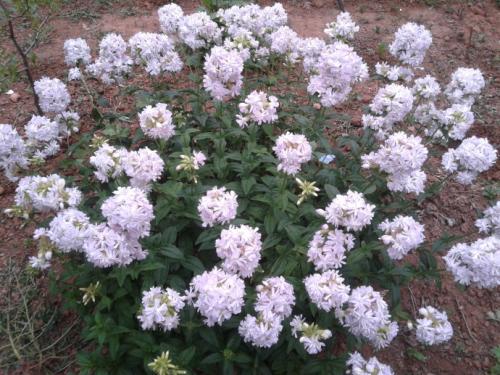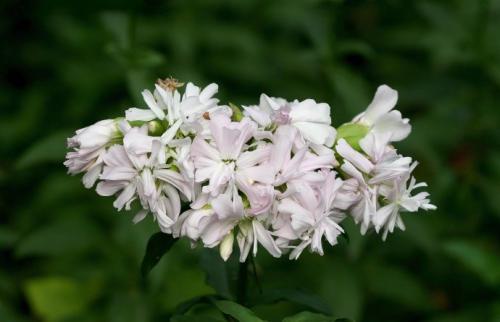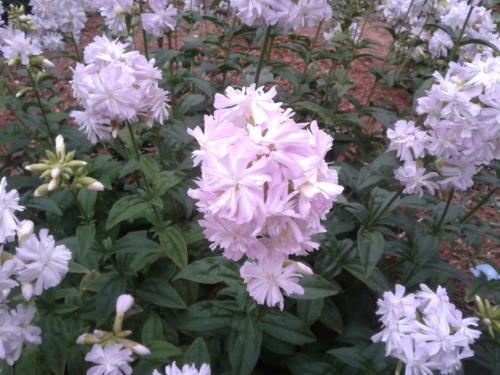Wild Sweet William profile
Written by Maggie
Jan 08 2021

Wild Sweet William is a perennial herb with single and double petals, pale red or white flowers, June - August. Plant height is 30-90cm, flowering in summer, strong, cold, drought resistance, strong adaptability, soil and environmental conditions are not strict requirements, self-sowing and reproduction ability, China's North China, East China, Central China can be planted.
Wild Sweet William picture

Morphological features of Wild Sweet William
Leaves are elliptic lanceolate, opposite.Inflorescences terminal cymes, single and double petals, pale red or white flowers, June - August. Cultivated varieties are: CV. Alba-Plena, white flowers; Cv.Roseo -- Plena, pollen red;CV. Rubra Plena, 30cm, double red.
Wild Sweet William adapted region:
Wild Sweet William is adapted in warm temperate deciduous broad-leaved forest in northern north China (major cities: shenyang, anshan, huludao, dalian, dandong, jinzhou, yingkou, liaoyang, panjin, Beijing, tianjin, taiyuan, linfen, changzhi, baoding, shijiazhuang, qinhuangdao, tangshan, handan, xingtai, chengde, jinan, Texas, yanan, baoji, tianshui), and Southern warm deciduous broad-leaved forest (major cities: Qingdao, yantai, rizhao, weihai, jining, taian, zibo, weifang, zaozhuang, linyi, laiwu, dongying, xintai, tengzhou, zhengzhou, luoyang, anyang, jiaozuo, kaifeng, xinxiang and xi 'an, xianyang, xuzhou, lianyungang, yancheng, huaibei, bengbu, Seoul, tongchuan).
Wild Sweet William growth habits:
Wild Sweet William is positive, strong. The rhizome is developed. It has a self-seeding habit.
Wild Sweet William Propagation
Sowing is usually carried out in autumn. It can be divided into spring and autumn. Cultivation management is simple, appropriate fertilizer water, pruning after flowering, it can bloom again.
Wild Sweet William planting method:
1. Suitable planting environment
Wild Sweet William has good cold resistance and drought resistance. It likes to grow in a sunny environment. It can grow normally in the north of China, and it needs to take cold prevention measures in winter. In the south, as long as you pay attention to shading in summer, it can grow in the open air all the year round. The soil requirements are not very good. As long as it is moist and soft soil, it can grow well.
2. Flowering
Wild Sweet William flowers in bloom from June to September, lasting for about 4 months. In the flowers in full bloom, it needs sufficient sunshine, which can make it leafy, more attractive color, so that more people so far infatuated.
3. Seed treatment
Wild Sweet William seed treatment is very important, which is conducive to improving the germination rate. The seeds are soaked in warm water for 1-2 days, and then exposed to the sun to kill the bacteria on the seeds. The seeds are not suitable for disease in the soil.

4. Sowing time
The sowing time of wild sweet william seeds varies according to the climate. It is best to sow seeds in February in the hot region, while it can be slightly delayed to the middle of March in the cold region.
5. Sowing method
Wild Sweet William seeds choose to sow, the seeds are planted into the soil with sufficient basal fertilizer, covered with fine soil 1cm, and then watered, under the condition of permitting conditions can be covered with plastic film to ensure soil moisture is conducive to rapid germination, 10-15 days can be germinated.
6. Weeding
Wild Sweet William grows slowly in the seedling stage because of humidity. If weeding is not done in time, it will not have enough nutrients and water absorption in the growing period, which will lead to yellowing and wilting of branches and leaves.
7. Water and fertilizer management
Wild Sweet William has a medium demand for water and fat face during the growing season. A small amount of fertilizer can be added to water for watering each time it is watered, and it is best to use organic liquid fertilizer.
8. Pest control
Wild Sweet William seldom suffered from diseases in the growing season, and the most common insect pest was aphids, especially in the summer, when insect pests were more frequent. Regular observation found that the insect pests were sprayed with oxidized dioate 1000-1500 times.
Wild Sweet William main usage
Landscape Uses: Wild Sweet William can be widely used in landscaping because of its strong adaptability. It can be used as a flower path and flower border background, and planted in forests and hedges.

Latest Updated
- Benefits of Bugleweed - 7 Science-backed Health Benefits
- Bugleweed Dangers & Side Effects - Is It Poisonous?
- How to Plant Evergreen Trees - What You Should Know
- When to Plant Evergreens - Grow Guide for Evergreen Trees
- 12 Wonderful Evergreen Shrubs for Your Garden
- 12 Popular Evergreen Plants with Pictures for Beginners
- When And How To Prune A Lilac Bush Like a Pro
- How to Grow & Care for Lilac Vine (Hardenbergia Violacea)
- Japanese Lilac Tree (Syringa Reticulata) Care & Propagation Guide
- Shumard Oak Pros and Cons - What to Know
Popular Articles
- Winter maintenance of Antirrhinum Majus
- How to Grow Terminalia Mantaly Tree
- How to Grow and Care for Crossostephium Chinense
- How to grow Antirrhinum Majus in spring
- Peristeria Elata (Dove Orchid) Profile: Info & Care Guide
- Underwatered Snake Plant (Sansevieria Trifasciata) - Signs And How To Fix
- How to Care for Brazilian Jasmine Plant (Mandevilla Sanderi)
- How to Grow & Care for Graptopetalum Purple Delight in Summer
- Rosa Chinensis (China Rose): Plant Growing & Care Tips
- How to Care for Baby Sun Rose (Aptenia Cordifolia)